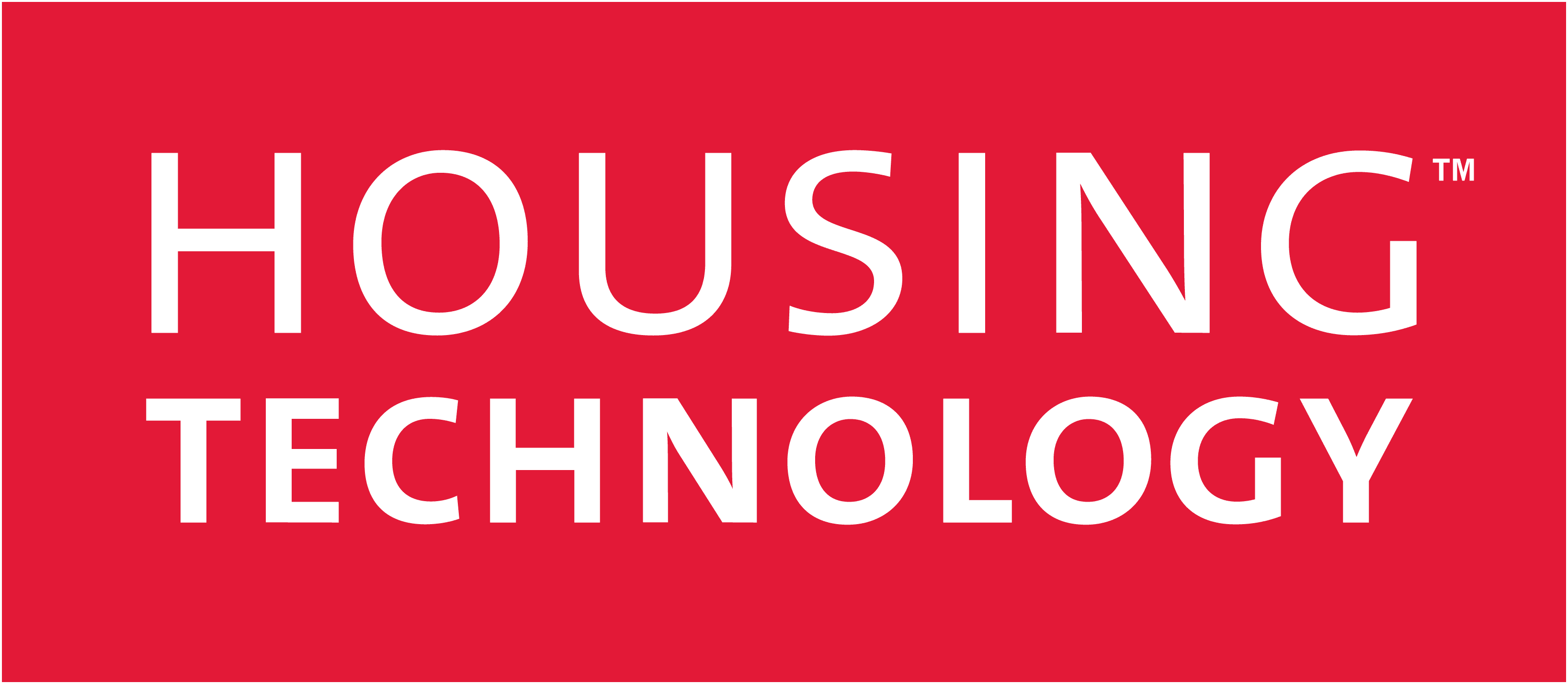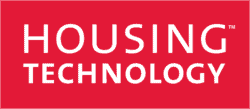Planned maintenance systems have been used by many of the largest housing providers in the UK for over 20 years but have been left out by the smaller ones.
Cost has been the main barrier in the past for these smaller housing providers, but we believe that future cloud-based systems will change this and allow any size of housing provider to use the very latest technologies the cloud can offer.
The future of the sector is becoming more digital, and the internet and cloud technologies will reduce the dependency of IT departments to look after systems on their own servers. Maintenance and updates will be carried out instantly by their suppliers. Another main advantage for surveyors, managers, directors and executives will be instant access to records of their housing stock, anywhere on any device they prefer to use.
Is your software driving you?
In the social housing sector, there is a reasonable number of software providers that offer various applications to the market. It’s not uncommon for a housing or asset management system to be sold to an organisation, followed by the organisation then adjusting its own processes and workflows to meet the paradigms set by that software package. This is ‘the tail wagging the dog’, as they say, and is ultimately not best for customers.
When an organisation buys into a software provider’s ecosystem, the organisation shouldn’t be subject to requirements prescribed by the system. IT suppliers shouldn’t think of themselves as software companies as much as providers of solutions. The organisation has the requirements, and the software should meet them with as little friction as possible.
While there will always be common needs within a market sector (due to government legislation, for example), individual organisations will also have their own ways of working, and it’s a problem if this is impeded by the tools used. So, what are the signs that a software system is limiting in this way?
- Does the client need to change their internal terminology to use the system?
- Does the client need to rethink their concepts of asset hierarchy to make it ‘fit’ with the package?
- Does the client need to modify their team structure to fit with various permission limitations?
- Does the client need to modify the way they report on information, to match supplied formats?
How can asset management solution providers avoid these limitations?
- Allow clients to rename or create new terms in the system to match their existing nomenclature.
- Allow clients to configure the user structure themselves to follow their existing workflows.
- Design systems that can be used differently by different users ‘out-of-the-box’.
- Design systems that can respond to changing requirements without redeveloping fundamental areas.
This can be achieved in the real world by bringing user customisation to the forefront of the product. The client uses the term ‘asset ID’ instead of ‘UPRN’? Fine, let them rename it themselves. They have an idiosyncratic way of categorising their stock? Okay, let them design their own hierarchical structure for assets. Taking this kind of approach from the ground up means less work for the provider later, and makes the users feel more like they have a tool at their disposal, rather than a new set of rules to follow.
Additionally, designing systems with a modular approach means that when, for example, the government comes up with a new requirement for clients, development can respond faster, without affecting other areas of the system. Clients can purchase the modules that are relevant to them, and aren’t weighed down by a bloated system full of options that are just taking up space for them.
‘One size fits all’ is not true in the world of software solutions; we should aim for ‘suited to your needs (whatever they may be)’.
Vic Harrison is managing director of Integrator Housing Solutions.


